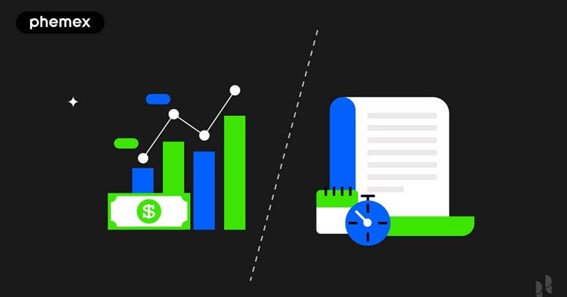In daily interactions, the term “whitelist” is commonly used in contrast to its opposite, the “blacklist”. In the realm of digital assets, a “whitelist” is a roster of participants who have been given permission to join a specific event. In this article, we’ll delve into everything you need to know about whitelisting.
What is a whitelist?
Within the digital asset world, a whitelist is a list of participants granted approval to engage in a particular event, such as an IDO (Initial DEX Offering) or a Metaverse property launch. It ensures that only those who fulfill the criteria can participate. Organizers establish whitelists, which may include requirements like a minimum investment sum, a reputable account, or even a code or invitation.
Being whitelisted grants you priority in certain situations. For investors looking to acquire tokens before they become publicly available, there is a whitelisting phase. Whitelisted users may receive special perks such as discounted prices, increased allocations, or fixed gas fees.
Another whitelisting option in the digital asset sphere is related to withdrawal and digital asset addresses. In this context, the whitelist refers to a set of digital asset addresses deemed trustworthy by users. This security feature system allows users to withdraw funds from the exchange only to addresses on the whitelist, thus better safeguarding their assets against threats.
Is whitelisting advantageous for its participants?
Whitelisting offers numerous benefits. For example, free digital asset airdrops, early access to mint Metaverse properties, reduced prices for digital assets, and exclusive access to project features are common advantages provided to whitelist holders.
During an IDO, potential investors might learn about a whitelisting option from the project. Traders interested in participating in the offering can sign up by submitting their KYC information or meeting specific requirements. These requirements could include a minimum deposit, a history of reliable trading, or even a referral code.
In the context of withdrawal addresses, a whitelist denotes a list of wallet addresses considered trustworthy. Digital asset addresses on the whitelist are eligible for direct exchange withdrawals.
Likewise, Metaverse projects utilize the whitelisting process to give dedicated individuals early access to mint Metaverse properties before they become accessible to the general public. This early-bird offer often results in a lower mint price than the public mint price and reduces potential spikes in network fees due to high demand. Additionally, some traders who mint high-value Metaverse properties may receive airdrops. For example, members of the Digital Galaxy Club were rewarded with free Metaverse properties.
In conclusion, in the digital asset domain, a “whitelist” is a list of approved participants who have exclusive access to participate in specific events. Benefits can include free digital asset airdrops and lower digital asset prices. Whitelisted users are typically those who are engaged, active, or have contributed to the project in some manner.
Click here – 7 Actionable Tips Every New Pet Parent Must Adopt
Whitelisting by Phemex: How does it work?
Phemex has recently introduced the Phemex Soul Pass as a significant step toward building our Web3 ecosystem. Users granted access can join the pre-mining of our on-chain platform token, the Phemex Token, and later partake in platform governance through the Phemex DAO. Currently, to create their Phemex Soul Pass and utilize these new features, users must be whitelisted. Our goal is to transition from a centralized digital asset exchange to a semi-centralized model with the new Phemex Web3 ecosystem.
If you haven’t been whitelisted yet, you can also explore our Whitelist Challenge, where winners can secure a whitelist spot through this activity!
Click here – Top 4 Benefits of Patient Care Reporting Software

